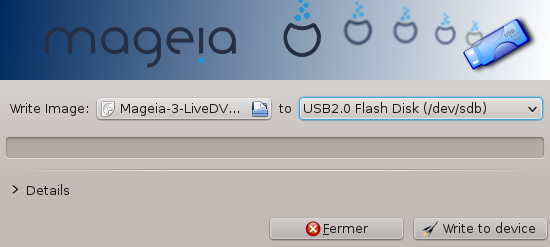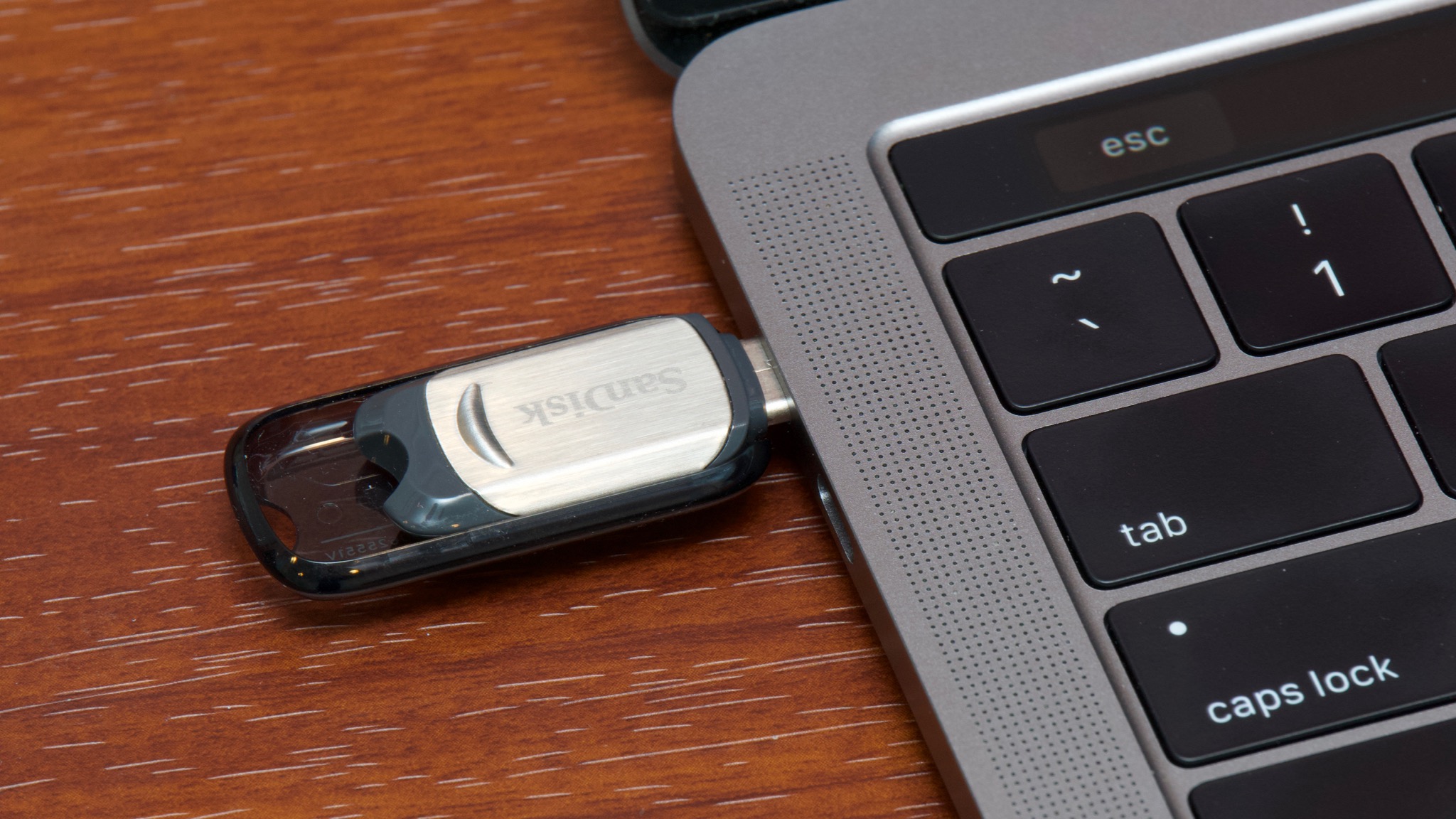Jan 9, 2018 - Are you looking for ways to burn ISO file to USB/DVD/CD on Mac. A bootable USB flash drive or DVD from an ISO image on Mac OS X. Lets' see how it works. Also read: Top Free ISO Burner Software for Windows 10/8/7. How to write a USB stick with macOS. How to write a USB stick with macOS.
You can use a USB drive or an SD card instead of a CD or DVD to create bootable media for installing Red Hat Enterprise Linux on 64-bit AMD, Intel, or ARM systems. The exact procedure varies depending on whether you want to perform it on a Linux or Windows system. You can create minimal boot media and full installation media using the same procedure; the only limitation is the capacity of the USB drive - it must have enough space to fit the entire image, which means roughly 450 MB for minimal boot media and 4.8 GB for full installation media. Connect a USB flash drive to the system and identify the device path with the diskutil list command.
The device path has the format of /dev/disk number, where number is the number of the disk. The disks are numbered starting at zero (0). Disk 0 is likely to be the OS X recovery disk, and Disk 1 is likely to be your main OS X installation.

In the following example, it is disk2: $ diskutil list /dev/disk0 #: TYPE NAME SIZE IDENTIFIER 0: GUIDpartitionscheme.500.3 GB disk0 1: EFI EFI 209.7 MB disk0s1 2: AppleCoreStorage 400.0 GB disk0s2 3: AppleBoot Recovery HD 650.0 MB disk0s3 4: AppleCoreStorage 98.8 GB disk0s4 5: AppleBoot Recovery HD 650.0 MB disk0s5 /dev/disk1 #: TYPE NAME SIZE IDENTIFIER 0: AppleHFS YosemiteHD.399.6 GB disk1 Logical Volume on disk0s1 8A1-48DF-9FC5-84506DFBB7B2 Unlocked Encrypted /dev/disk2 #: TYPE NAME SIZE IDENTIFIER 0: FDiskpartitionscheme.8.0 GB disk2 1: WindowsNTFS SanDisk USB 8.0 GB disk2s1.
Ubuntu images (and potentially some other related GNU/Linux distributions) have a peculiar format that allows the image to boot without any further modification from both CDs and USB drives. A consequence of this enhancement is that some programs, like parted get confused about the drive's format and partition table, printing warnings such as: /dev/xxx contains GPT signatures, indicating that it has a GPT table. How to install vo elite for mac.
However, it does not have a valid fake msdos partition table, as it should. Perhaps it was corrupted - possibly by a program that doesn't understand GPT partition tables. Or perhaps you deleted the GPT table, and are now using an msdos partition table. Is this a GPT partition table? Both the primary and backup GPT tables are corrupt. Try making a fresh table, and using Parted's rescue feature to recover partitions.
Warning: The driver descriptor says the physical block size is 2048 bytes, but Linux says it is 512 bytes. All these warnings are safe to ignore, and your drive should be able to boot without any problems. Refer to if you want to learn more.
Usb Image Writer For Linux

Usb Disk Image Writer Mac
You can set the ETCHERFAKES3LATESTVERSION environment variable to a valid semver version (greater than the current version) to trick the application into thinking that what you put there is the latest available version, therefore causing the update notification dialog to be presented at startup. Note that the value of the variable will be ignored if it doesn't match the release type of the current application version. For example, setting the variable to a production version (e.g. ETCHERFAKES3LATESTVERSION=2.0.0) will be ignored if you're running a snapshot build, and vice-versa. See for more details about release types.